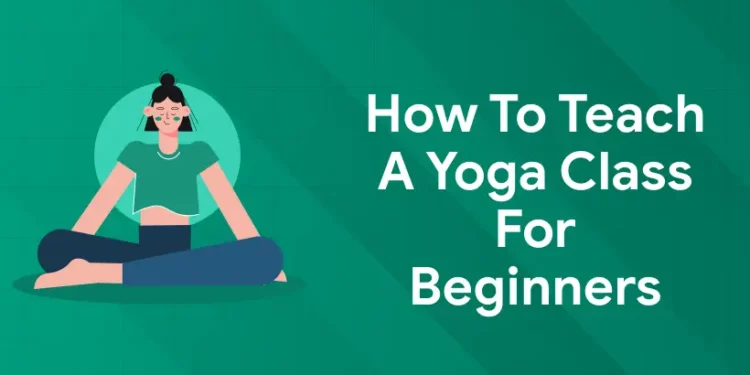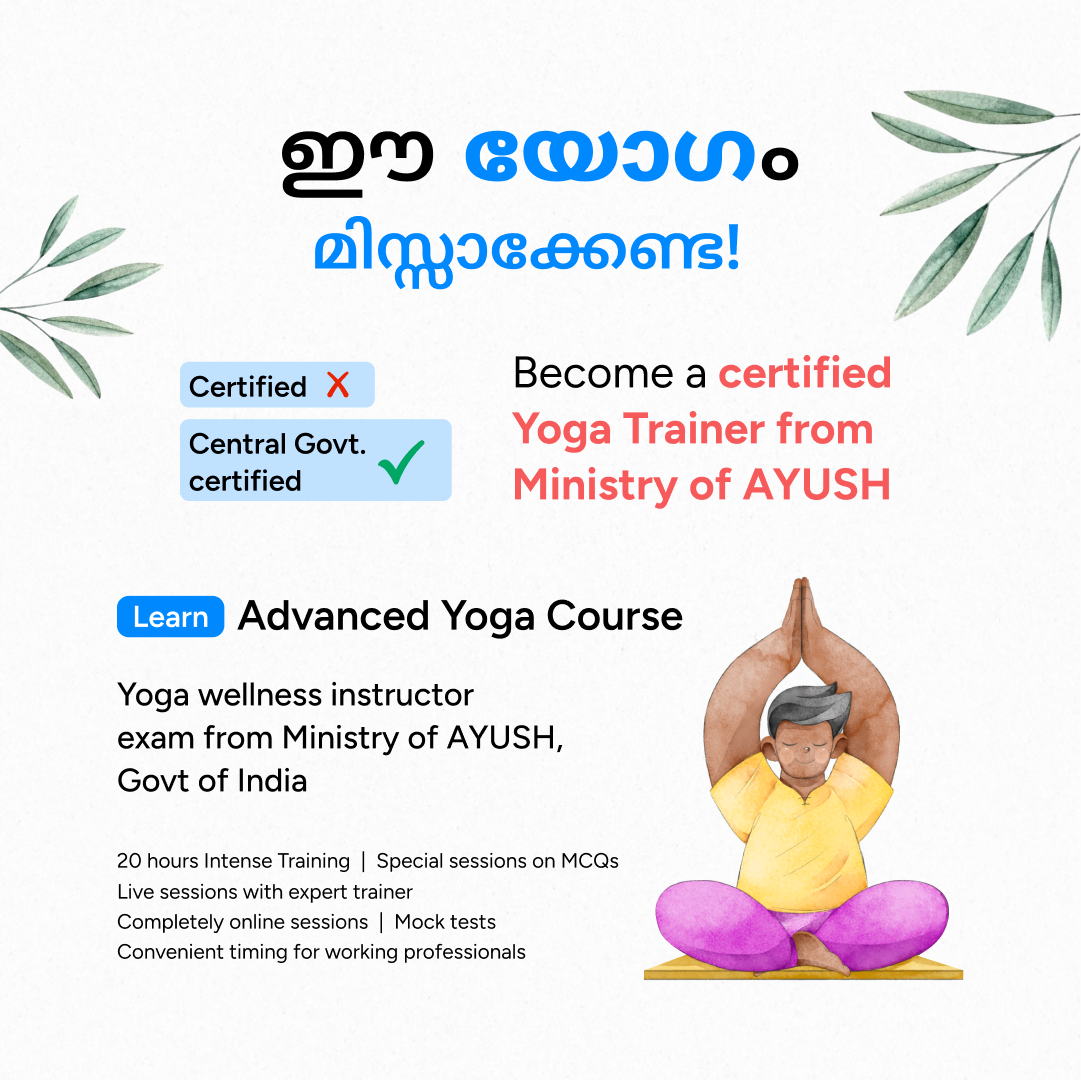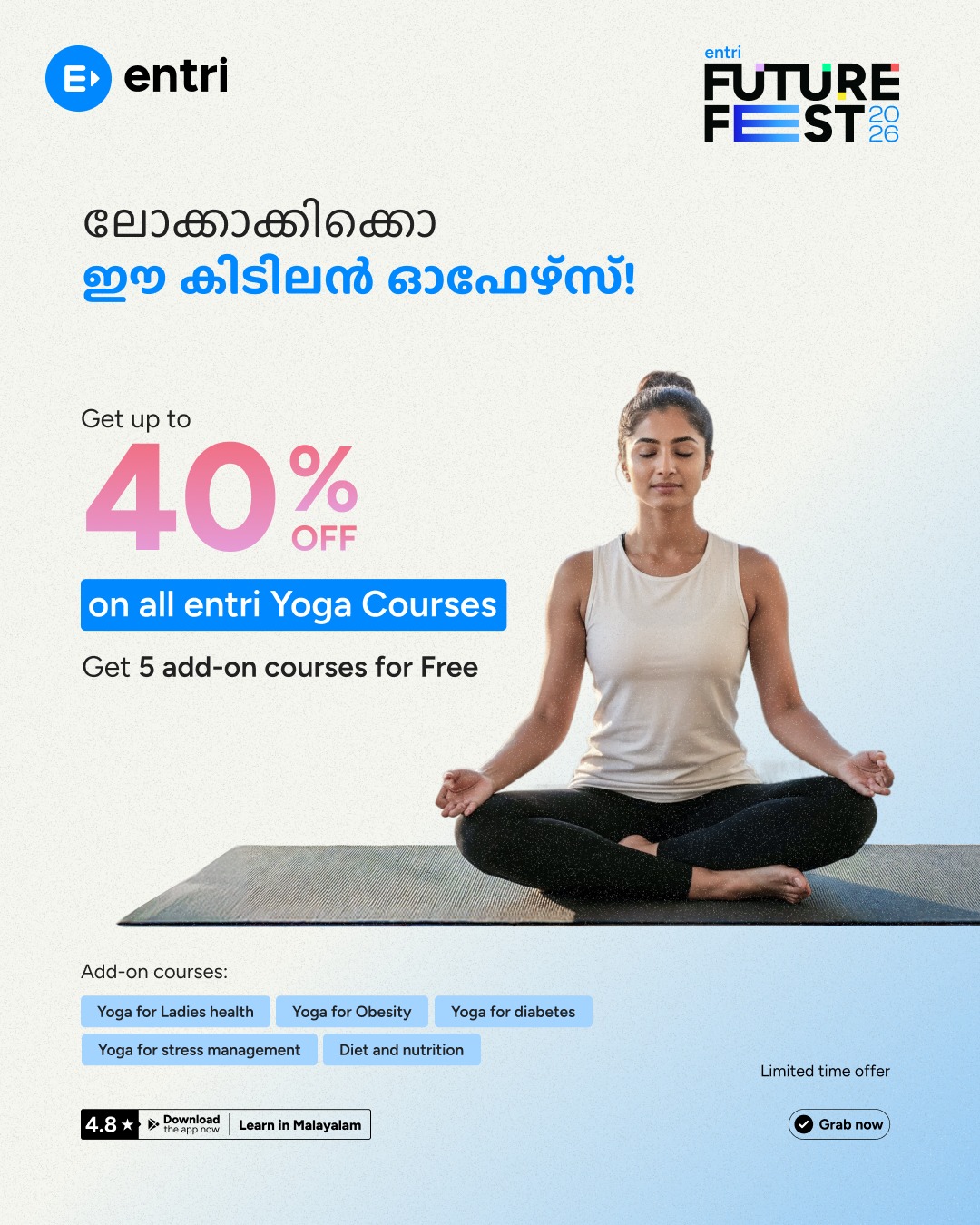As a yoga instructor, it is your duty to approach a beginner class in the best possible way, anticipating and addressing their needs. It’s normal that not everyone may find resonance in your distinctive teaching style. However, the following insights might direct your strategy and assist you in providing better assistance for novices as they begin practicing yoga.
Be a Certified Trainer! Join Our Yoga Teacher Training Course!
Tips for Teaching Yoga to Beginners
Explain what to expect
The uncertainty is one of the most common causes of worry when starting something new. Those who are new to your class may be wondering what on earth they are getting themselves into when they try yoga. If you only let them know what to expect, you can ease some of their anxiety.
As the students settle upon their mats at the beginning of class, introduce yourself. You may want to go over the class’s trajectory. For instance, instruct them to warm up with stretches while seated, transition into standing positions, return to the mat for a cool-down, and conclude with a relaxing repose.
Make them realize that they belong here
The most important lesson you could teach to students who are anxious is probably that yoga is for everyone.
Give them a quick introduction and reassure them that they are capable of performing the yoga. However, this is insufficient to ensure students that they can practise yoga. It is your duty to demonstrate to students how to perform yoga poses with their bodies. You accomplish this by being ready to provide alternatives, managing the pace of the lesson so that it is suitable for each student, and maintaining your composure regardless of the age or physique of the person entering the room.
Beginner sessions are generally offered by new yoga teachers with little experience. However, the classes that gain the most from having a teacher with years of training and expertise in the field are these ones. In spite of your lack of expertise, you must be able to adapt your lesson plan to best meet the requirements of your pupils, even if it means going against your initial plan of instruction. You can always enrol in beginning classes yourself to see how other educators teach.
Encourage Questions
Newcomers have a lot of inquiries. Reassure students that they are welcome to ask you any questions throughout the lesson. During class, take occasional breaks to give someone the confidence to ask a question. You may even think of possible questions beforehand.
Remain patient and concentrated on answering the exact question. Though you might be tempted to elaborate on something you’ve recently learned or provide an anatomical explanation, resist the urge and stick to the topic at hand. Don’t be afraid to admit when you don’t know the solution to a question. Knowing that what you find out will help both of you, you could even offer to do some study on it and bring more information to your next class.
Go slow
Give them plenty of time to experiment with the positions and your body cues. Your pupils will notice if you speak and act hurriedly, and the strain will become ingrained in their practice. Reduce the speed of your speech and your thinking.
Make your Instructions and Classes Simple
During the first several months, if not years, of practicing yoga, there is an overwhelming amount of material and coordination to acquire. Use as little words as possible and stick to simple stances and transitions. When using a Sanskrit phrase, make sure to always translate it into English thereafter.
Remember that silence is also a teacher. Give your students time to process and analyse the cues you do share by leaving gaps between your sentences.
Demonstrate the Poses
Prepare to demonstrate what you teach in a beginners’ class. Even if you craft your verbal cues with great care, nothing beats seeing someone perform a position.
Don’t be afraid to strike a stance if you’re apprehensive about not being “perfect.” It does not reflect poorly on you as a teacher when you stagger or trip. It helps students understand that yoga is for everyone and that there is no room for “perfection.” It also helps you become a more relatable person to them.
Be Flexible
Perhaps you spent hours organising a session you believed would be perfect for novices, but because you took time to respond to queries, you were only able to complete half of it. Alternatively, maybe you had planned to concentrate on shoulders, but you observed that a number of pupils had hamstring tightness.
Continue to be adaptable in your teaching. Taking care of the needs of the kids in front of you, not the ones you had in mind when you planned the lesson, is the most important part of your job as a teacher.
Avoid Correcting your Students Too Much
It is your responsibility to assist beginner students in learning how to move and coordinate in ways that they have never done before. Recognise the time it takes and the inherent learning curve. Instead of requiring exact alignment or even putting it up to be the ideal, you want to assist children in discovering the general contour of a posture.
Don’t Criticize Individuals in Particular
When someone is trying something new, the last thing they want is to be called out definitely not for doing it “wrong,” but also for striking a posture “correctly.”
Avoid calling out specific individuals by name or by their description, such as “the person in the flowered leggings.” Try giving the class as a whole a broad reminder if you wish to “correct” someone. Should that prove ineffective, you could approach a student and repeat the message.
Similarly, if someone loses their balance or needs some time to find alignment in a pose, do not draw unnecessary attention to it by loudly asking if the student is okay. Go over to their mat and discreetly check in if you have any cause for concern.
Listen to your Students
After class, beginners frequently want to talk to you about their experiences or get approval. Make an effort to include some time in your calendar for this. Transfer the talk somewhere where other classes can’t hear it, like the lobby or a hallway.
But conversing with students after class can easily turn into a situation where you have to exercise self control over how much time you spend and what you talk about. Being a personal coach, therapist, doctor, or companion is not your job. When necessary, draw the line with grace but firmness.
Entri App – Yoga Teachers Training Course
Entri App’s Yoga Teacher Training Course (TTC) will provide you with a thorough understanding of yoga philosophy and practice, as well as the ability to effectively train others. You will gain a deeper practice and core knowledge of yoga through this course. It gives you the tools to design interesting, methodical yoga courses. It teaches you how to interact with students in a trustworthy and kind manner while upholding ethical standards and yoga etiquette.
CEED International has recognised the yoga TTC online course certificate from Entri. You can access international employment chances by doing this.
Conclusion
Remember, by introducing these students to the wonderful practice of Yoga, you may be helping them live happier, healthier lives. While instructing a class of experts can be intellectually and physically taxing, the real satisfaction of teaching yoga comes from inspiring people who have never practiced it to share your passion for it.
Be a Certified Trainer! Join Our Yoga Teacher Training Course!
Become a Certified Yoga Instructor
Yoga Teacher Training Course by Entri App: Master authentic yoga techniques, earn certification, and build a successful career as a professional yoga instructor.
Join Now!Frequently Asked Questions
How hard is it to teach a yoga class?
Teaching can be difficult if you are constantly demoing and feeling the need to over-explain how to perform poses while maintaining space and energy for a mixed-level class.
Can you teach yoga without a qualification?
To teach yoga oneself, you typically need to have at least two or three years of experience practicing under a certified instructor. Having experience instructing fitness and exercise may be beneficial.
How to speak when teaching yoga?
It’s not necessary to sound ethereal. Tell them how to strike the stance and just talk in your normal tone. Pretend to be instructing a small group of your closest friends or relatives. After that, don’t hesitate to be yourself!
What is the first thing you learn in yoga?
One of the most crucial things you’ll learn in yoga is how to connect with your breath, and many instructors include a breathing exercise called pranayama in their classes.























